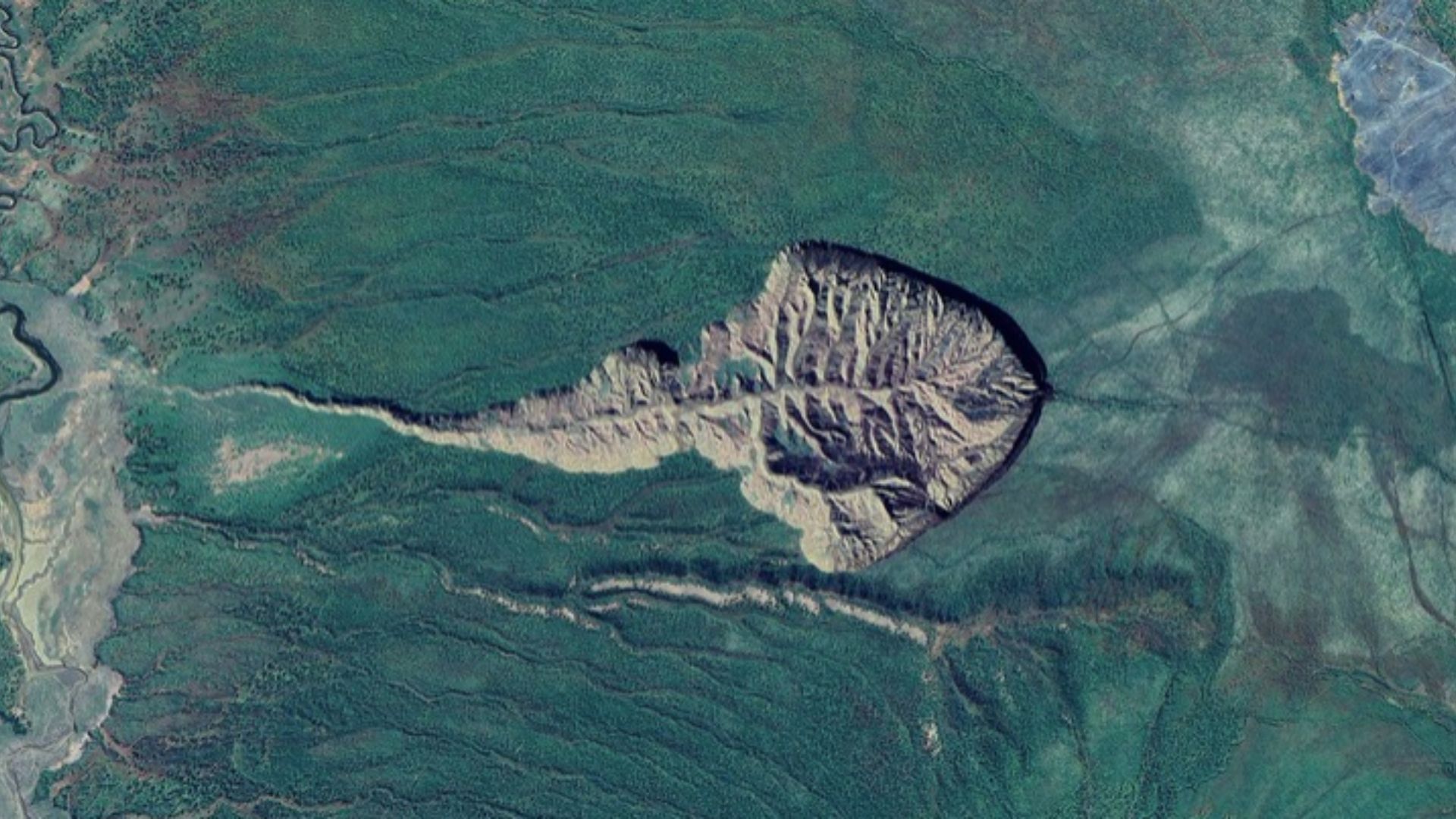
In the remote Yana highlands of Siberia, a vast depression known as the Batagaika Crater is expanding at an alarming rate. Nicknamed the “Gateway to Hell,” this colossal formation has become so large that it is now visible from space, a chilling reminder of the planet’s changing climate.
A Monumental Scar on the Earth
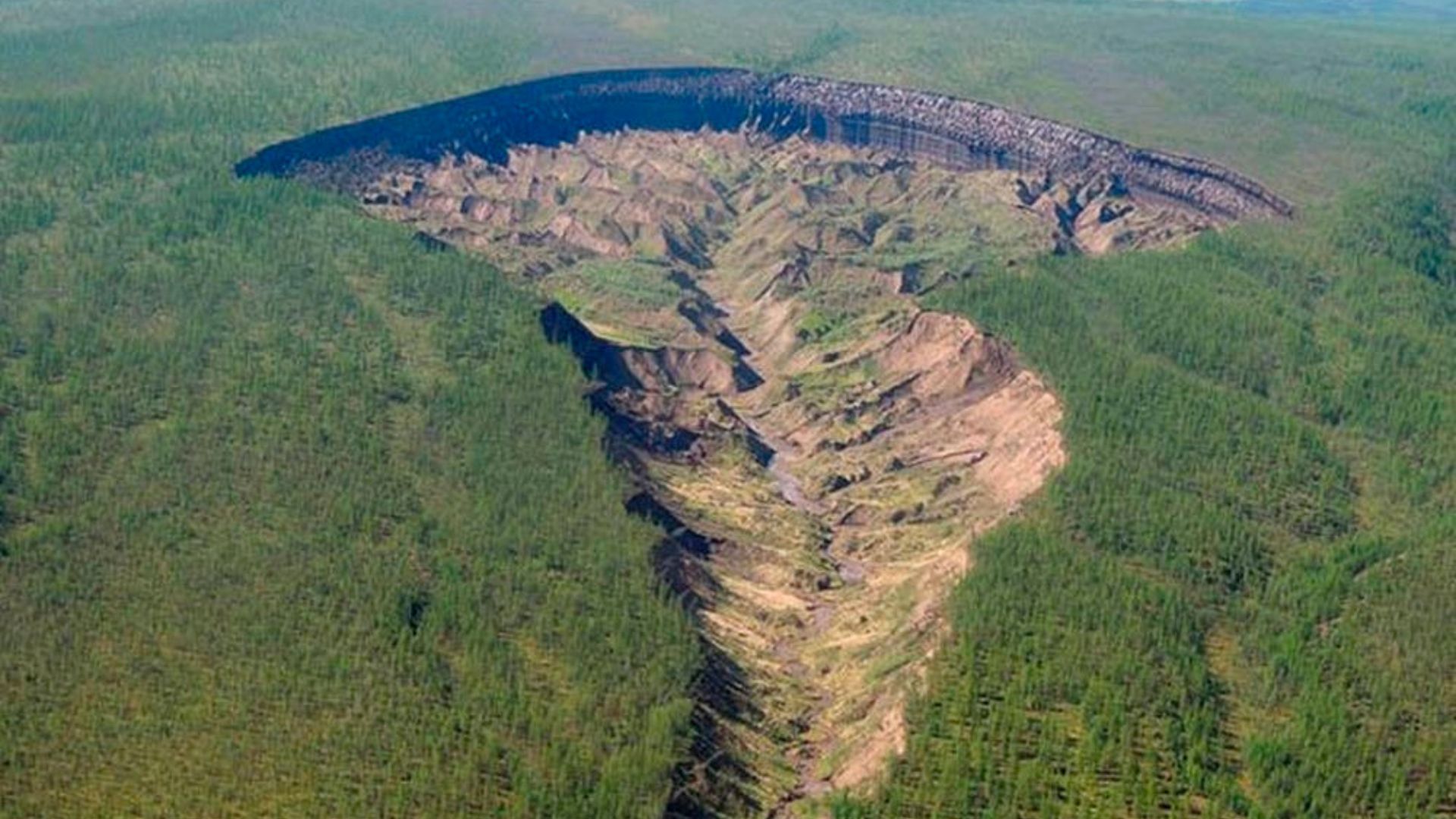
Spanning more than 200 acres and plunging around 300 feet deep, the Batagaika Crater is one of the largest thaw slumps on Earth. Its size alone makes it extraordinary, but what truly captures global attention is the speed of its growth.
How the Collapse Began
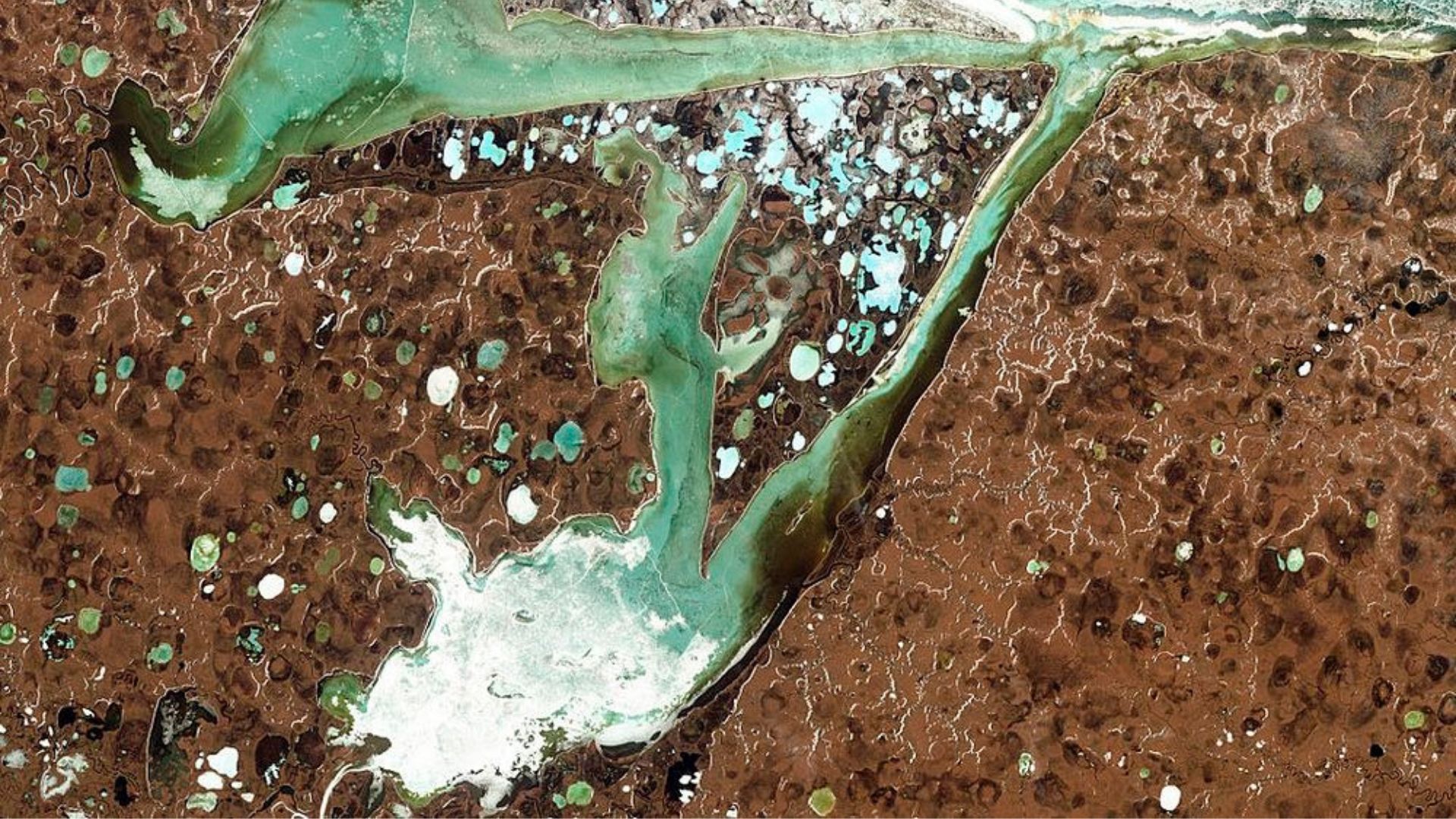
The crater’s story began when permafrost, once frozen solid for thousands of years started to thaw. As the ground lost its stability, it gave way, releasing buried layers of ice and organic matter and creating a dramatic sink in the landscape.
Methane’s Escape
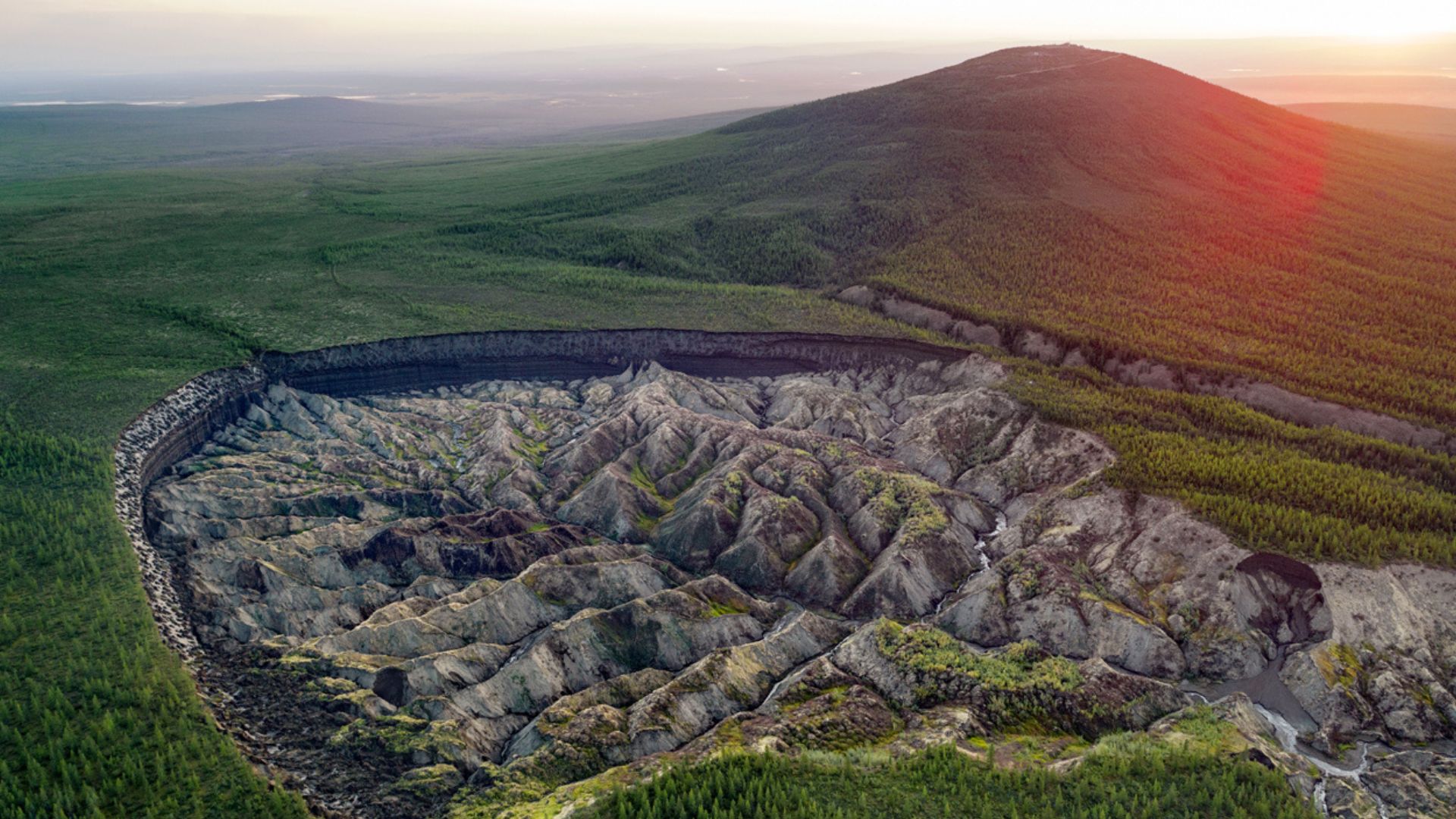
Beneath the frozen soil, methane gas had been locked away. With the permafrost melting, this powerful greenhouse gas began seeping into the atmosphere, intensifying the very warming that caused the collapse in the first place.
Climate Change as the Accelerator
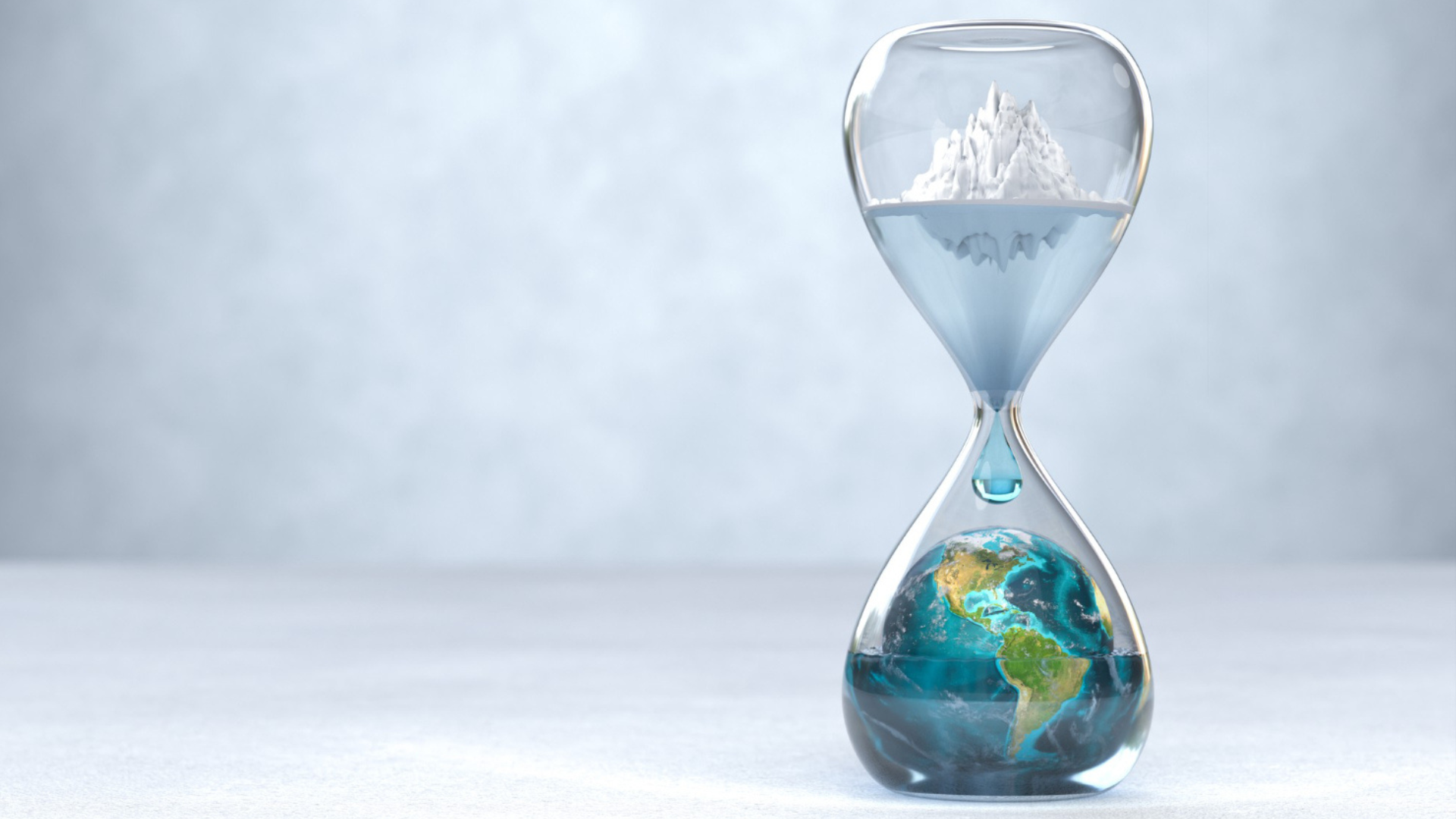
What was once a slow geological process has been amplified by rising global temperatures. The thawing permafrost around Batagaika is now happening faster than scientists had predicted, turning the crater into both a local and global concern.
Scientific Eyes on the Crater

To understand its progression, researchers recently built a 3D model of the crater. Their work, published in Geomorphology, revealed the extent of permafrost loss and offered a sobering forecast of what continued warming could unleash.
Insights from Glaciology
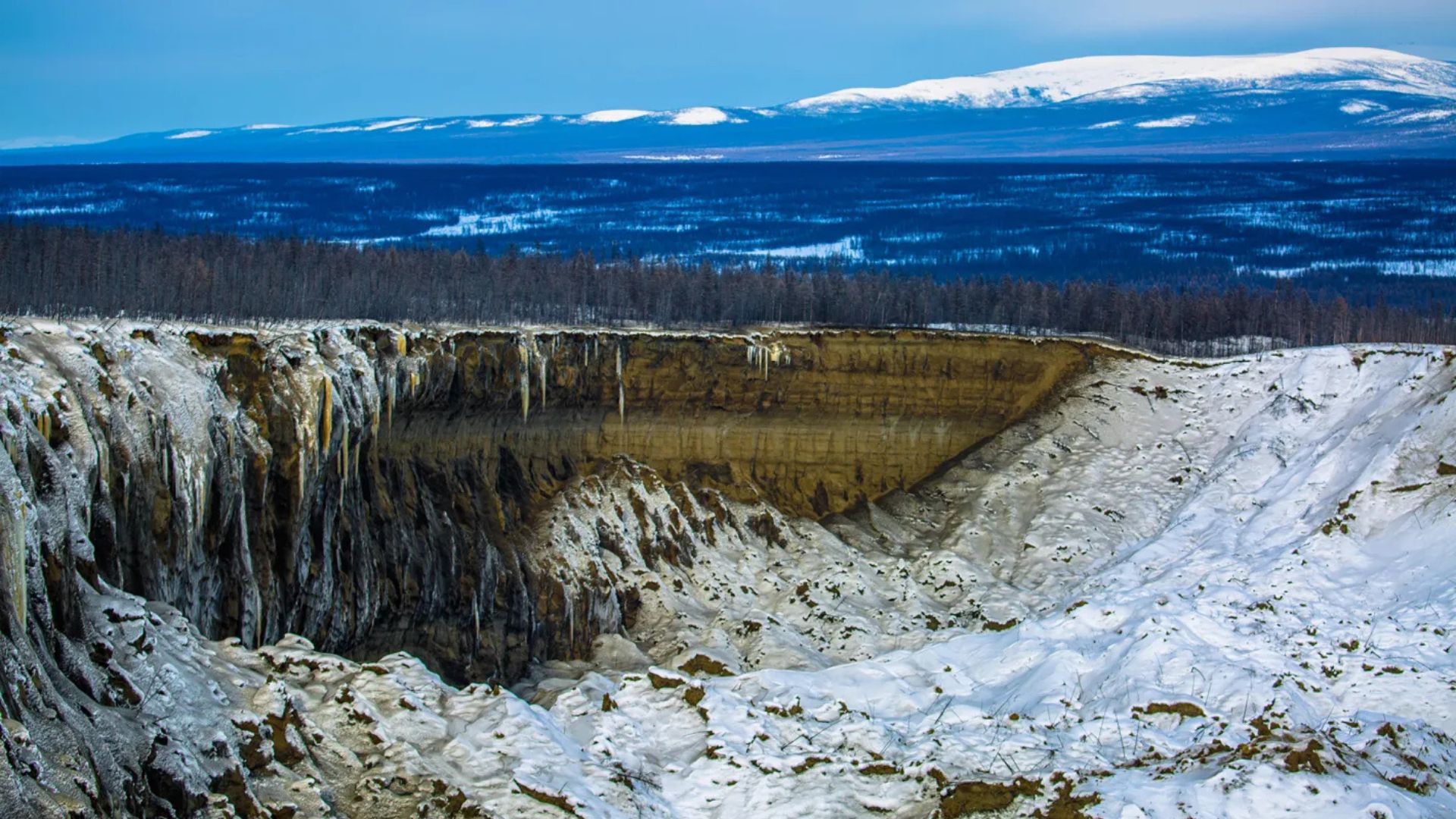
According to glaciologist Alexander Kizyakov, the crater has already exposed the ancient bedrock beneath. Yet, even with much of the permafrost gone, the remaining frozen ground still holds gases that could continue to leak for decades.
Ripple Effects on Nature
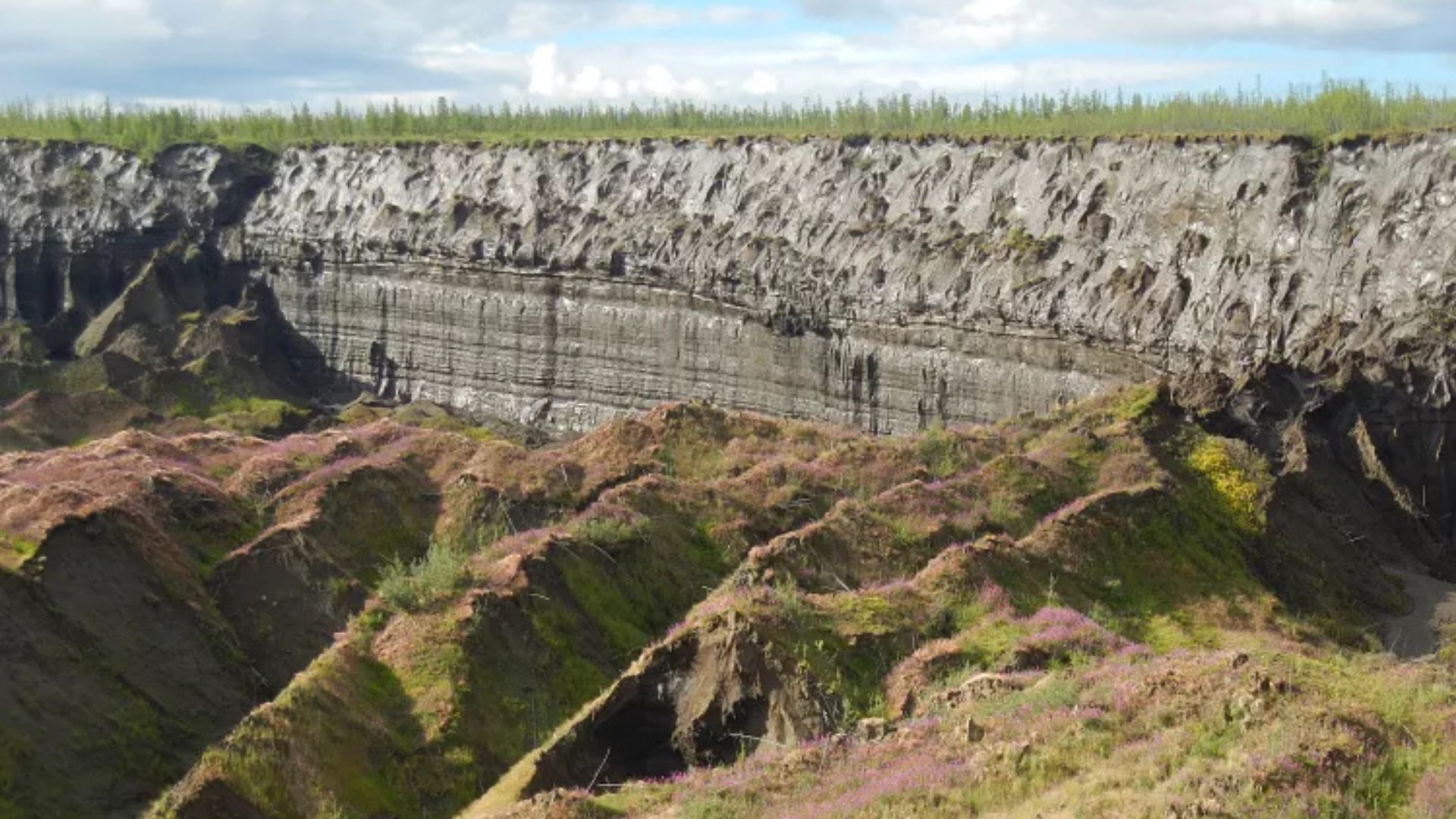
The crater’s growth is not confined to its immediate borders. As the ground collapses, ecosystems shift. Forests, wetlands, and wildlife are disrupted, forcing species to adapt to a landscape in constant transformation.
Rivers Bearing the Burden
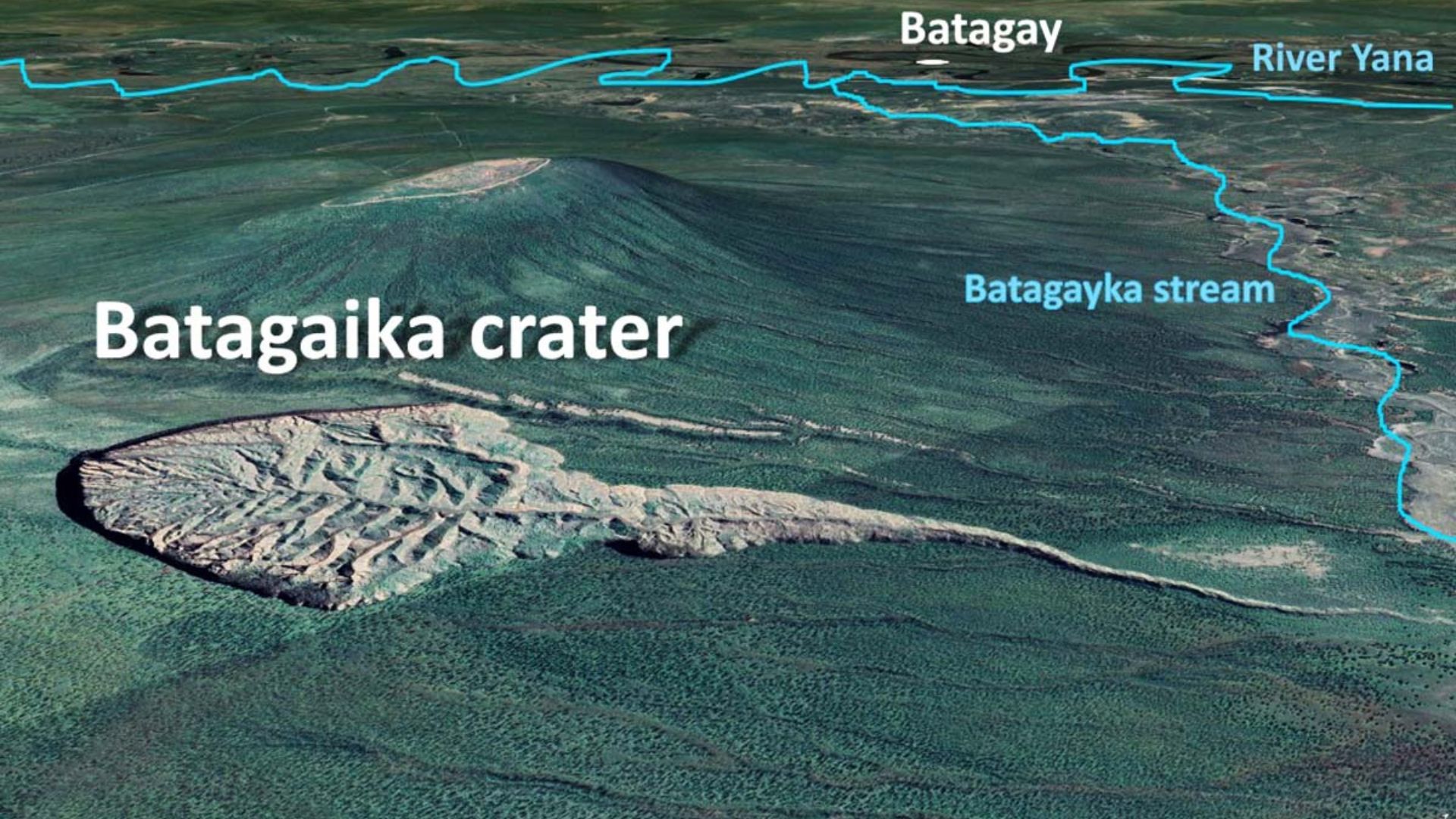
Scientists have also observed changes downstream. Sediments flowing from Batagaika are reaching the Yana River, altering water quality and reshaping aquatic habitats that support both fish and the communities that rely on them.
Natural Limits to Expansion

Despite its rapid growth, the crater will not expand endlessly. The surrounding bedrock forms a natural barrier that could eventually restrict its spread. Still, this does little to ease concerns about the gases already released.
A Global Warning Signal
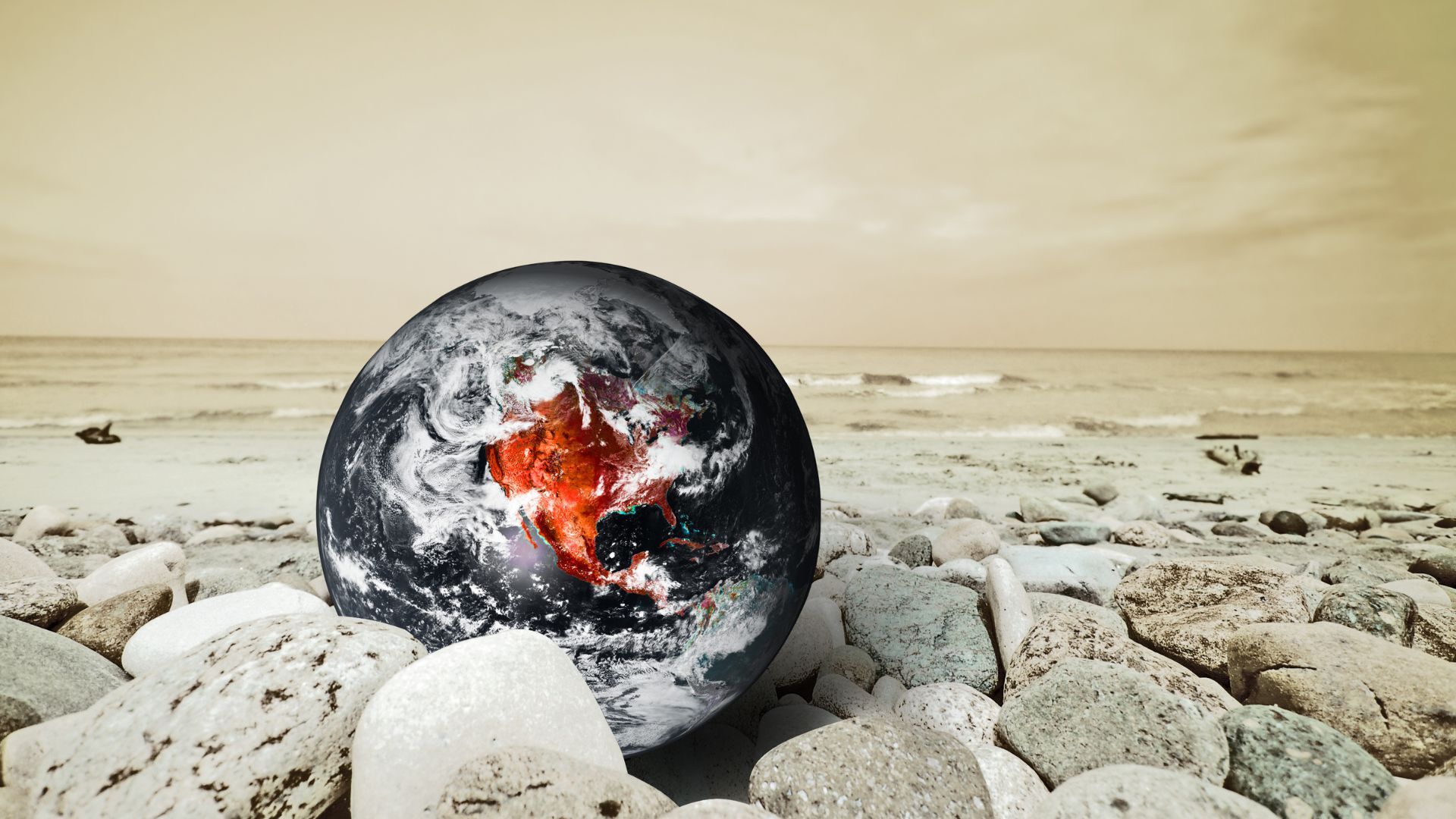
The Batagaika Crater stands as a visible warning of how interconnected climate systems are. What began as a thaw in remote Siberia has become a striking example of how local changes can echo across the planet, reminding us that the climate crisis is written into the land itself.